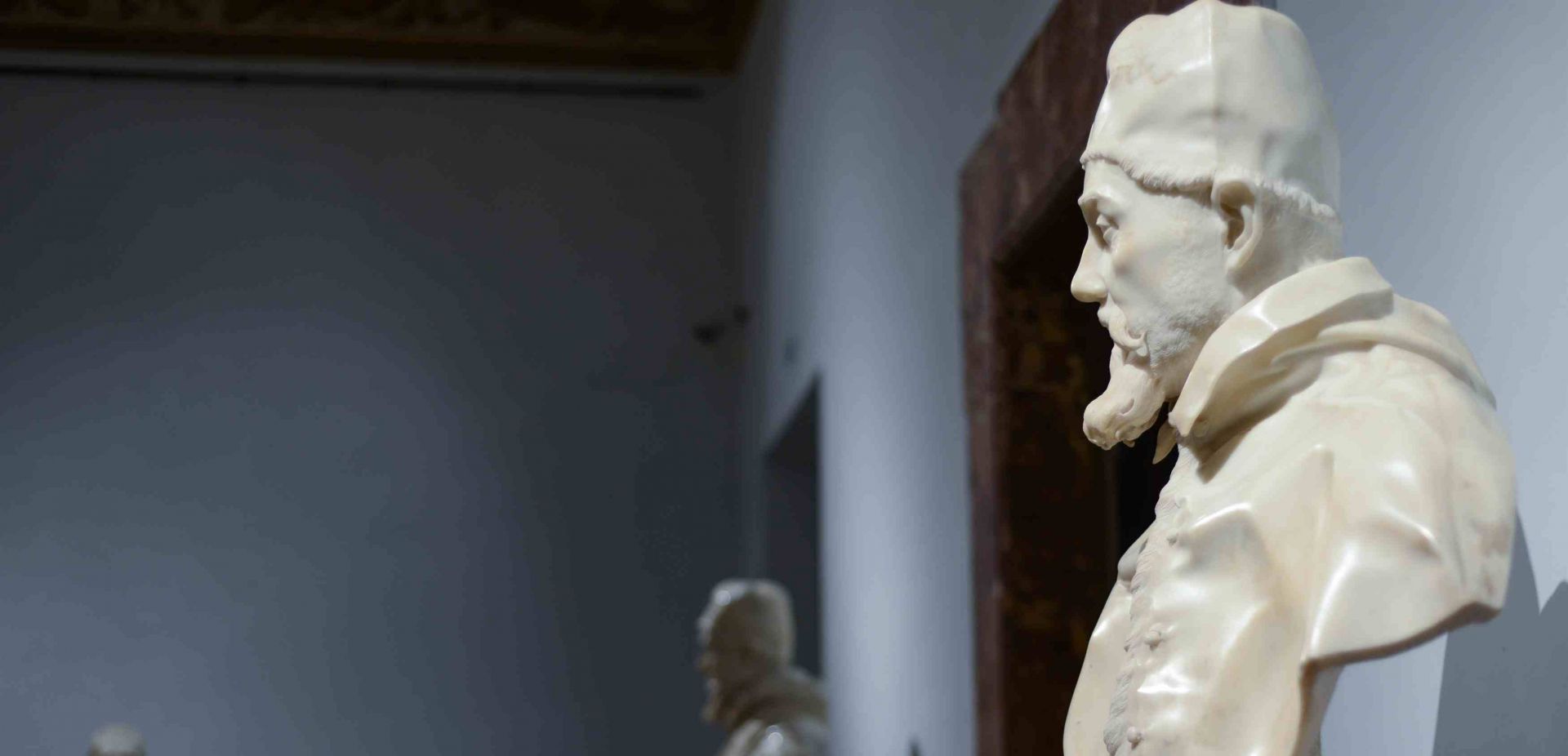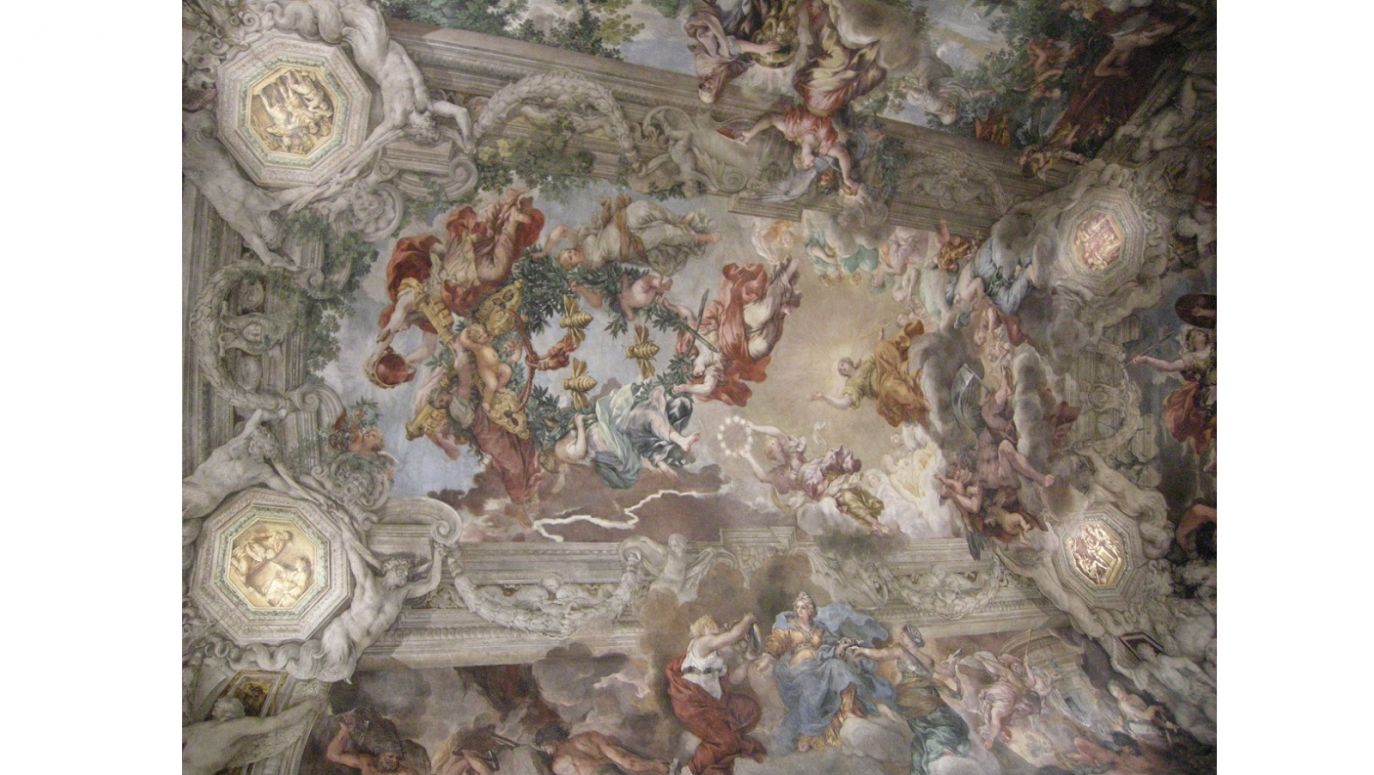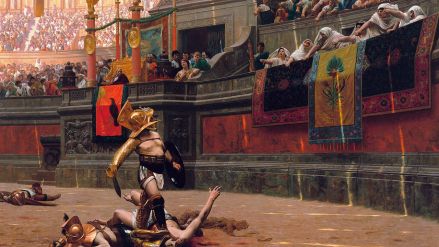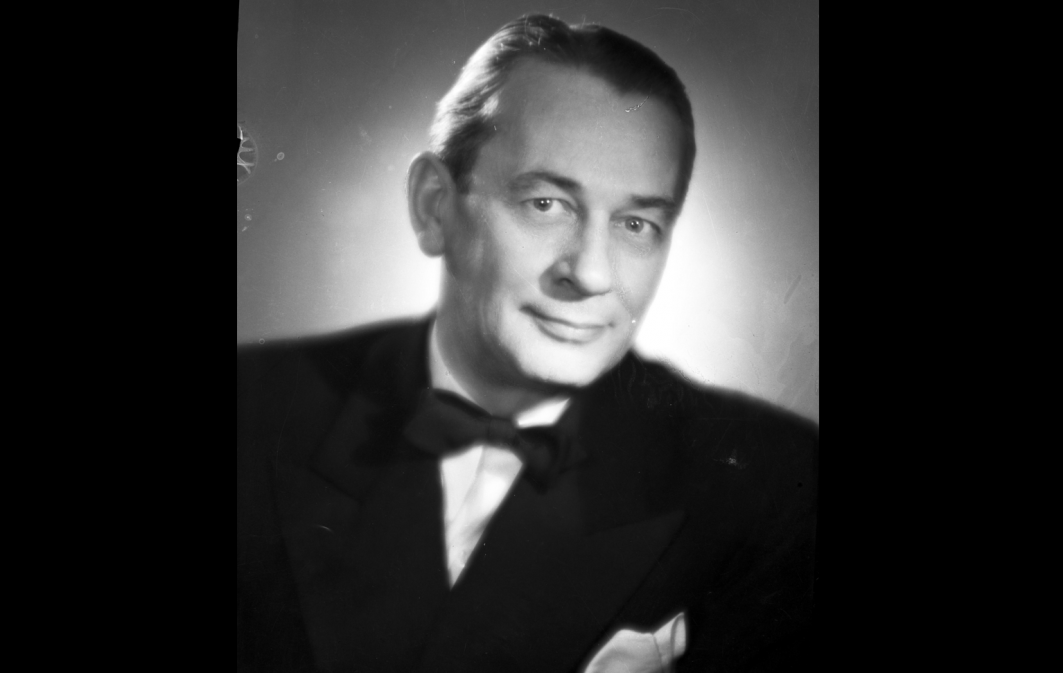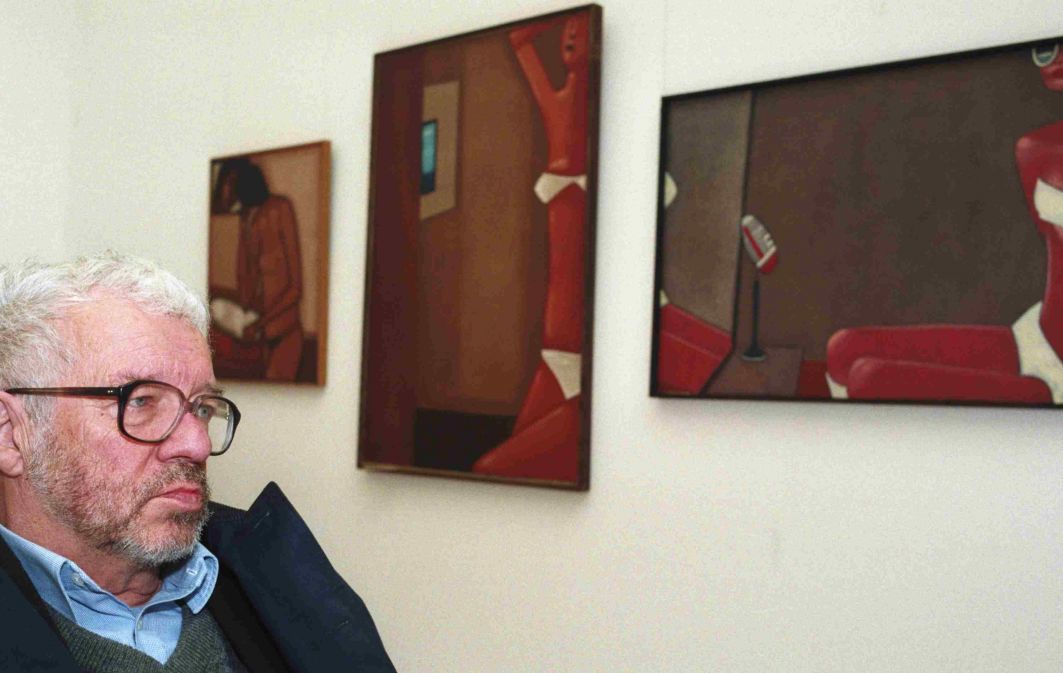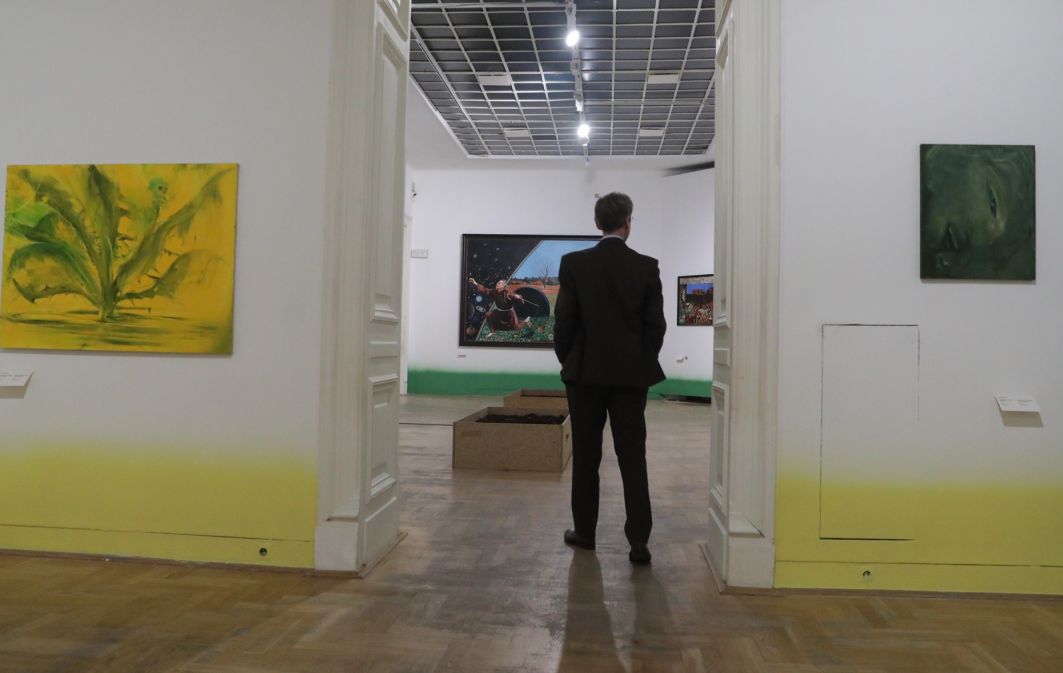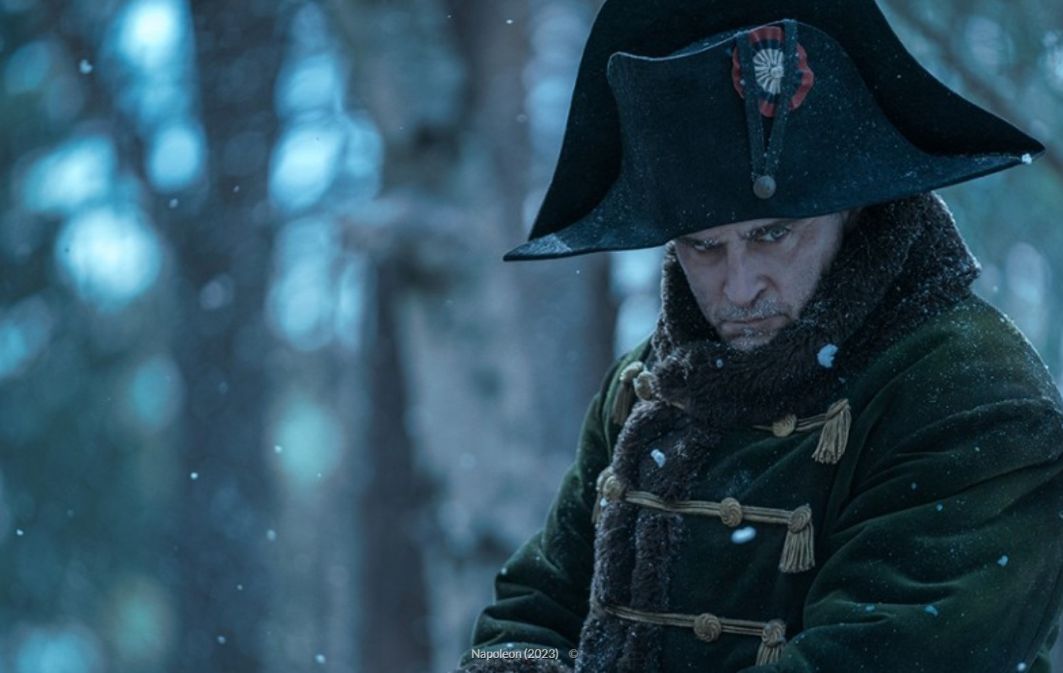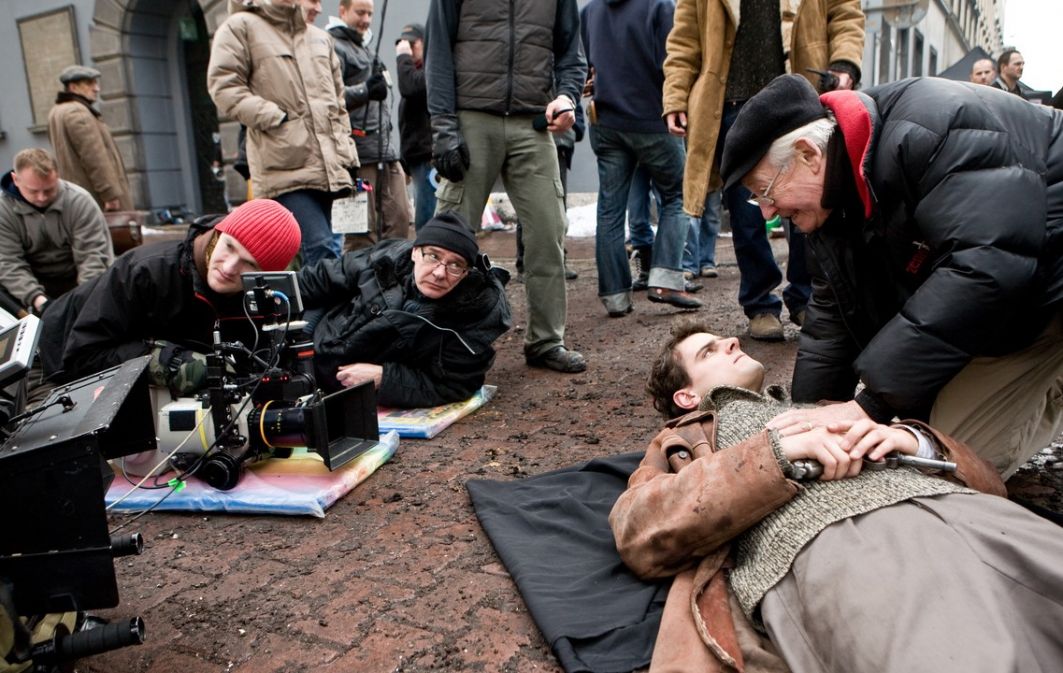Maffeo didn’t just collect offices and souvenirs from foreign trips and trifles, lest we forget. As a student at the Collegium Romanum he started to accumulate a library. Before the conclave it numbered 40, 000 volumes after which his duties made him curb his bibliophilia and writing poetry. Maybe he didn't deserve the new papal soubriquet of ‘Plutarchus redivivus’ but many reprints of his works were done. The best known was from 1631 in which he posed as a KIng David, a strategist and a harpist.
Supporters can be found anywhere . The pope was dubbed the Christian Apollo by the radical Tommaso Campanella. The secret of the Barberini court was in exhibiting the audacity in the choices made in building up the papal reputation by attracting the plaudits of the greatest of those around. Dozens of illustrious artists were invited not just Bernini but Caravaggio, Poussin, Sacchi and Lorraine. Astronomers, chemists and historians saluted the papal throne. Athanasius Kirchner was to the Baroque as Leonardo da Vinci was to the Renaissance and deserves a book . He was a sinophile, researcher into hieroglyphics, heart valves, theorist on flight, dragons, salamanders, tectonics, hydrology oceanic currents, pyramids, sulphur compounds, grasshoppers, dreams, and mathematical equations. He came to Rome from the lucrative post of a lecturer at Avignon at the invitation of Urban VIII himself.
Right profile, left profile
Who did the pope not invite from France, what contacts did he not make, how did he not network? His nephew was the intermediary with Louis XIII in establishing a factory for tapestries and gobelins the manufacture of which up till that time was a French state secret. In return, he allowed Bernini to sculpt a likeness of Cardinal Richelieu, the powerful minister. It captivated, like all else, just what Bernini could achieve in marble. The Frenchman had petitioned him to render this particular service for years.
We don't just see the bust with the cardinal in her characteristic beard but a true curiosity in the world of art demonstrated also in the exhibition a ‘police identity photo’ of the cardinal by Philippe de Champagne- right profile, full face and left profile.
There were real reasons for this as there was no talk about the cardinal actually leaving France. Nor was Bernini to leave Rome who had the building of the Barberini Palace on his plate, the College of the Propagation of the Faith, a few fountains and finishing the St Peter's basilica in the Vatican as well as his feud with Borromini. The result is electrifying- the omnipotent Richelieu looks as if he is in a police lineup, only a board with his details are missing.
All that happened at the Barberini home resonates with the descriptions provided by Kirchner- lava flows, whirling streams and snail shells echoing Creation. The golden bees are visible on the tapestries, the weaving of which was supervised by Jakob van der Vliete (later Italianised to Giacomo della Riviera). A blue shield bears the motto ‘Hic Domus’ (Here is the [True] House). The princely coronet is also visible that belonged to the dynasty from the moment of acquiring the possessions of Palestrina. The same bees that according to legend appeared in the time of the conclave, swarm surround the head of an allegory of Italy on the canvas by Valentino de Boulogne. They appear in the sketches of Lorraine and around the ears of young Maffeo in the works of the then Academia di Lincei established by the Vatican, the studio ‘Academy of the Lynx-eyed’. The pupils presented the newly-appointed pope the ‘Apiarium’ , a treatise on bees with a painted panel page entitled the ‘Melissographia’.
Bees multiplied in the rather unnatural environment of marble, plaster and limestone- sleepy, pot bellied and giant. Gregorio Leti, satirist and pamphleteer (there were many in the times of Urban VI, maintained that there were more than ten thousand. Possibly he could have peeked under the papal cassock of Bernoini’s sculpture that stands on the Capitoline Museum today. Did he palace a mirror to the miriad ofpalm leaves that cover the ceiling of Borromini’s Sant'Ivo alla Sapienza church in their thouands?
What was it all for, the churches, aqueducts, textiles and canvases, fountains, beatifications, ceremonies, architectural digs, operas, the military triumphs and the wells set up in Rome's poorest areas? Was this all about Maffeo’s pride, one who came from a Florentine trading background and landed on the throne of the world? Was it about family hubris who interpolated between the Chigi and Farneses clans rubbing their noses in it. Was it about demonstrating the power of the church, the holy apostolic to convert the world. Was it to humbly glorify the beauty of Creation which itself is the work and reflection of the Lord?
Luckily we are talking about the Baroque era, one that proclaimed the unity of contradictions. The period wasn’t too fussy either about splitting those hairs.
–Wojciech Stanisławski
TVP WEEKLY. Editorial team and jornalists
–Translated by Jan Darasz
Exhibition “L’immagine sovrana. Urbano VIII e i Barberini”, (“ The Sovereign Image” Urban VIII and the Barberini) 18 March -30 July 2023, National Gallery of antique Art, Rome
